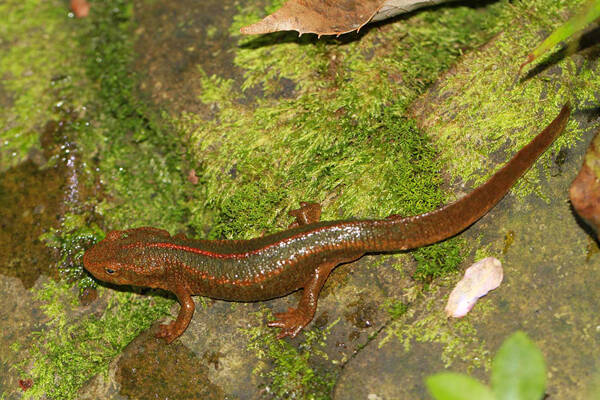
The tailed newt is a tailed amphibian belonging to the Salamandridae family and the genus Salamander. It lives in backwaters, small streams and large rivers at an altitude of 800 to 1,800 meters. It is sometimes also found in quiet waters beside streams. The tailed newt, which is produced in Yuelian...
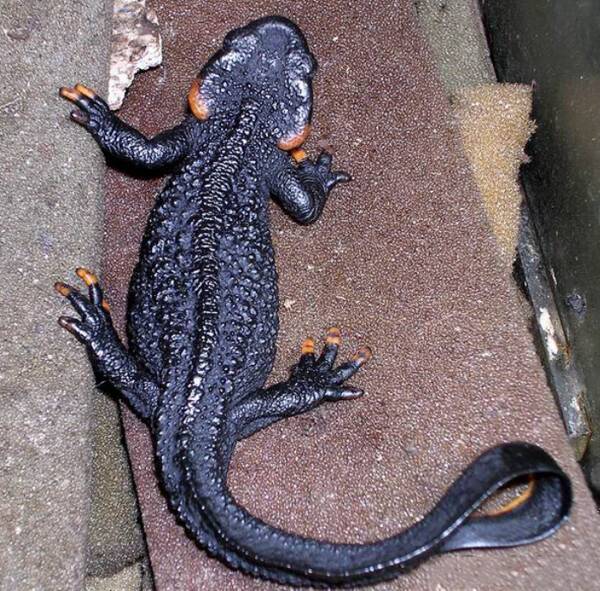
The big newt is a tailed amphibian of the family Salamandridae and the genus Salamandridae. It lives in mountain depressions with dense vegetation and humid environment at an altitude of 1390-3000 meters. It mainly lives in water bodies with a water depth of 54.59-60.93 cm, pH 5.16-7.18, water tempe...
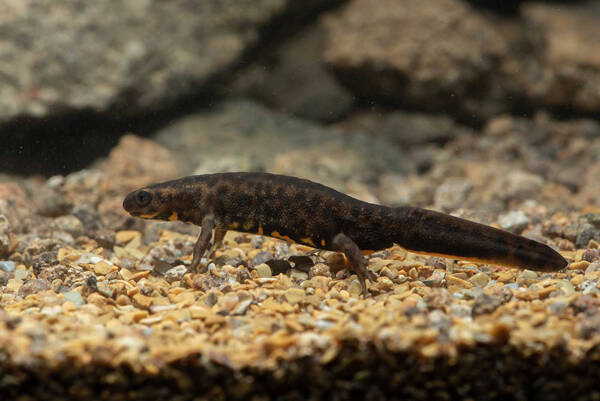
The Chaoshan salamander is a tailed amphibian of the family Salamandridae and the genus Salamandridae. It lives in mountainous areas with an altitude of 640 to 1,600 meters. During the breeding season, adult salamanders are mostly active in still ponds and swamps, often living in ponds with a depth...
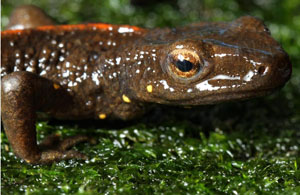
The Chinese newt lives in slow-flowing mountain streams or wet grass and gravel bottoms covered with rotten leaves beside the stream. Sometimes it swims to the surface to breathe air, and often lands in the grass in rainy weather. It mainly preys on small animals such as water earthworms, click beet...

Habitat: This species inhabits small and medium-sized streams in low-altitude mountainous areas and evergreen forests. It can also be found in small ponds and artificial pools. The water temperature in winter and early spring is basically stable at around 11 degrees Celsius.Habits: This species is m...
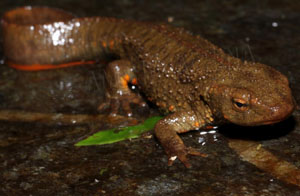
Habitat: This newt lives in streams in broad-leaved forest mountain areas at an altitude of 400-500 meters.Habits: Adult newts mostly live in places with gentle water flow, often under rocks in the stream, and sometimes on the shore. This newt lives in the Xilin Mountain in Fuchuan County, Guangxi,...
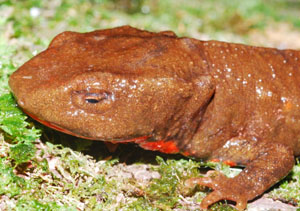
The Guangxi scrofula lives in mountain streams with a relatively gentle flow at an altitude of 470 to 500 meters. The stream water is clear, the bottom of the water is mostly stones and mud, and the shrubs and weeds on both sides are dense. During the day, it often hides under the rocks at the botto...
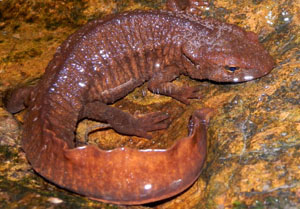
This newt lives in mountain streams at an altitude of 120-850m, where the water flows slowly. During the day, adult newts hide under rocks in deep pools in the streams, often swim to the surface to breathe air, and often go ashore after heavy rains, moving slowly; they go out at night and prey on sm...
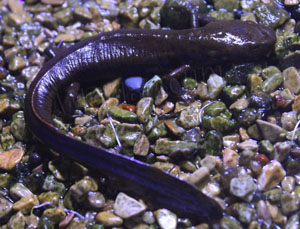
Spotless newt During the day, adult newts were found hiding under the rocks at the bottom of the water. There were small fish, aquatic invertebrates and other small animals among the rocks in the stream. This newt is in the same stream section as Yaoshan Fatty NewtPachytriton inexpectatusLive togeth...
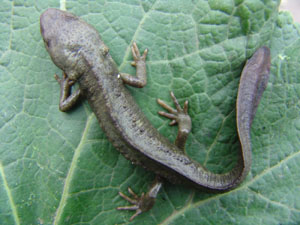
In 2007, experts including Tian Yingzhou, Li Song and Gu Xiaoming discovered a new species of scrofula in Shuichang Township, Longli County, which was later named "Longli scrofula".Habitat: This newt lives in large ponds with gentle water flow at an altitude of 1100-1200m or ponds with gro...
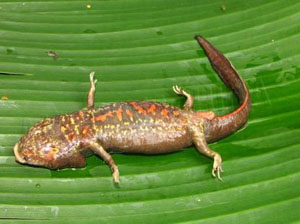
This newt lives in large ponds with gentle water flow or ponds with groundwater flowing out. The vegetation around the pond is lush and the water is clear. It usually lives at the bottom of ponds and is difficult to find. It will jump out of the water when there is flooding. The lens of the eyeball...
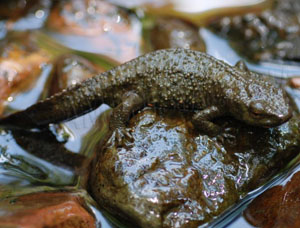
Habitat: Adult salamanders live in wide and gentle streams in deep mountains. The water is clear and you can see the bottom of the stream. The mountainous area is covered with broad-leaved forests, and the streamside is mostly covered with shrubs. The stream is about 3-5 m wide, with a gentle slope,...
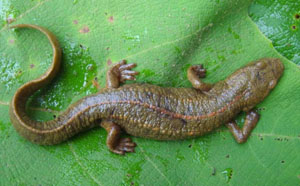
The Youyang population and Jiangkou population of the new species of Wuling scrofula live in small streams with gentle flow in low mountain broad-leaved forests at an altitude of 800-1200 m, in backwater ponds or clean water beside streams. During the day, it often hides at the bottom of the stream,...
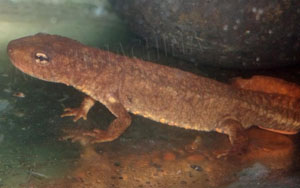
The cloud newt lives in ponds of various sizes in mountain streams, at an altitude of about 525m. The largest pond is 4m×4m, and the maximum water depth is about 3m. The bottom of the pond is covered with small stones and coarse gravel, and the bank of the pond is mostly granite. The stream flows s...

When you think of small, slippery, and mysterious creatures of the forest or ponds, both newts and salamanders probably come to mind. They’re often mistaken for one another, but these two amphibians have unique characteristics that make them stand apart. Let’s dive into the fascinating world of ne...
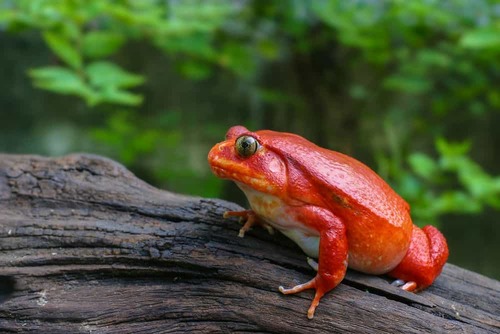
In this world, long-nosed animals may attract a lot of attention, but short-nosed animals shine with their short and powerful strength! Today we will take you to learn about the 10 animals with the shortest noses in the world, which prove that "short noses also have spring"!1. Frogs - 0 cm...
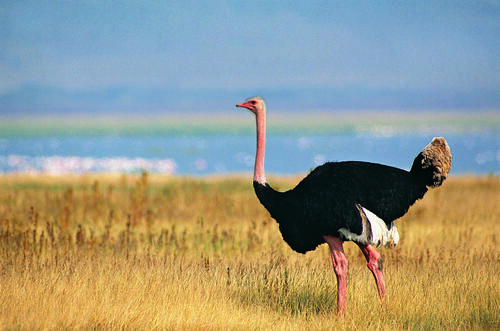
Although dinosaurs became extinct about 65 million years ago, their descendants and close relatives still live on Earth, and some of the animals that exist today still look and feel like "dinosaurs". Some animals are called "living fossils" because they have retained ancient appe...
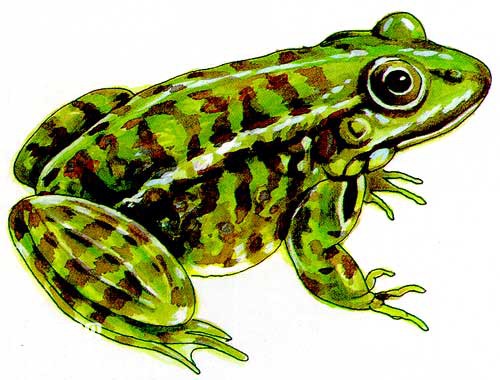
Frogs, toads and salamanders are familiar amphibians. They are still active in ponds, rice fields, swamps, streams, rivers and wet places on land. All these living amphibians belong to a large family, the "slip-bodied amphibians", which used to be called "armorless amphibians". As the name su...
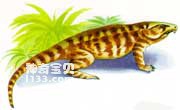
There is a city called Seymour in Texas, USA. A large area of early Permian sediments is exposed in the north of the city. The famous fossil representative of salamanders between reptiles and amphibians was found here. On the one hand, salamanders resemble a labyrinthine...